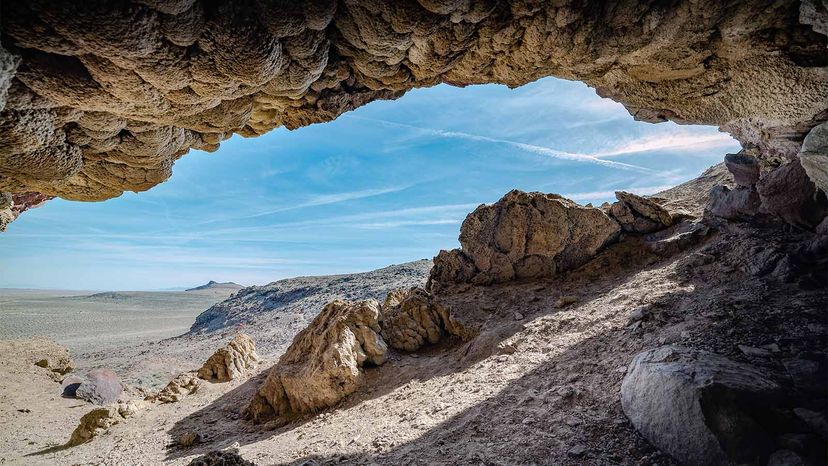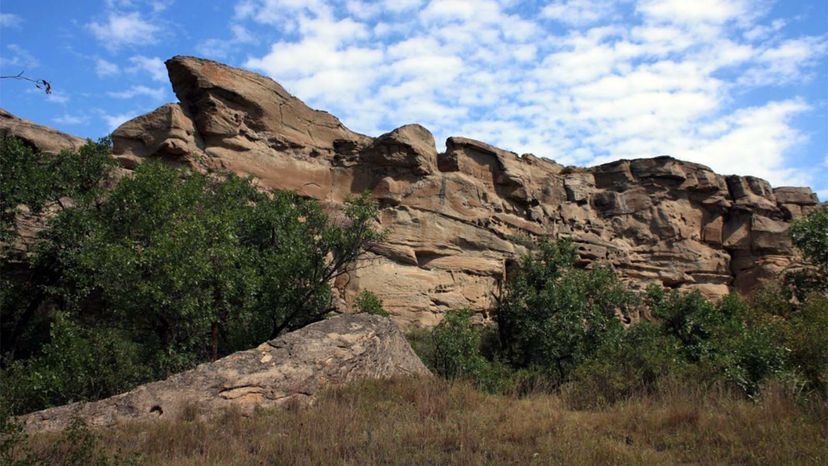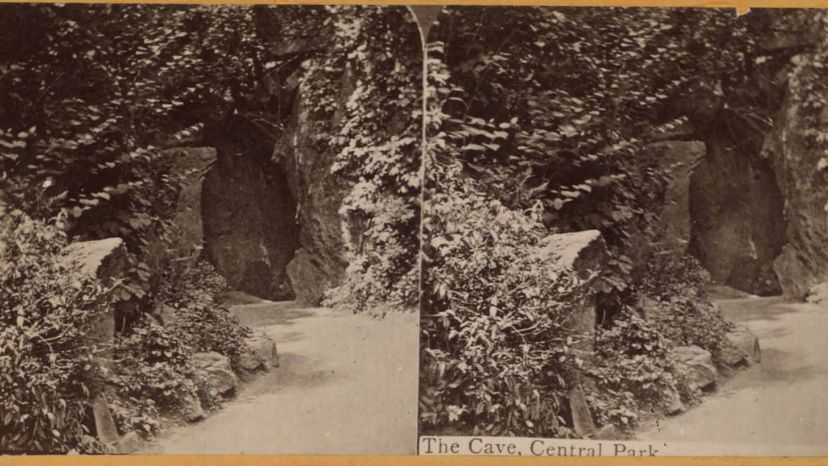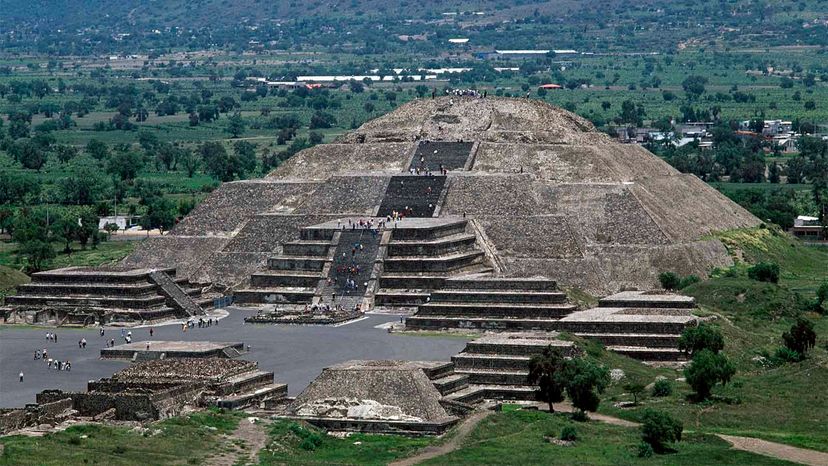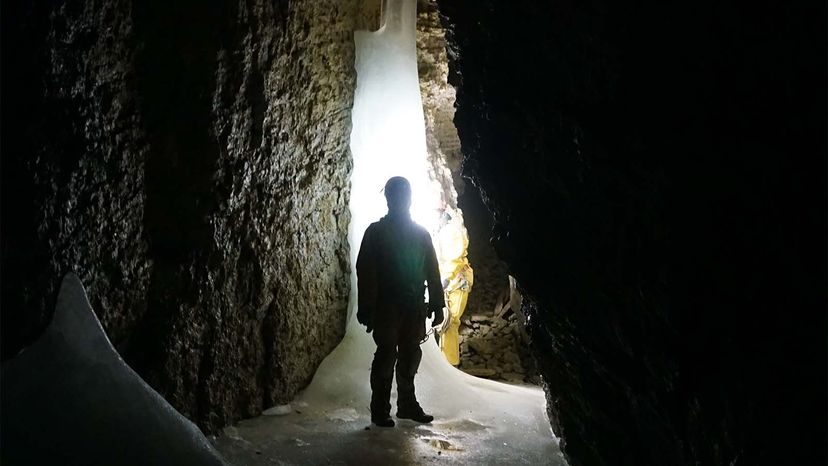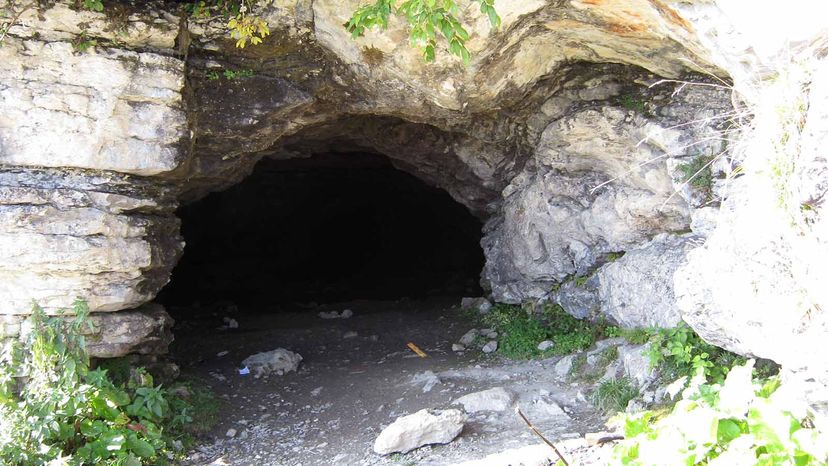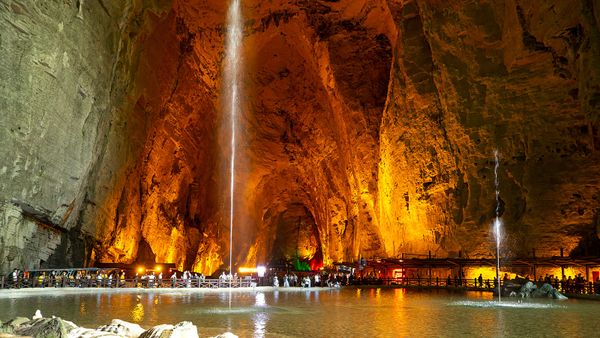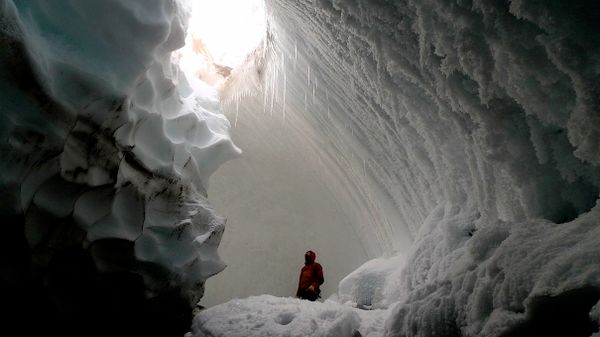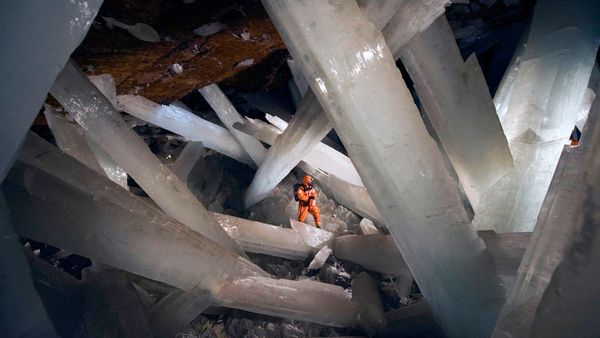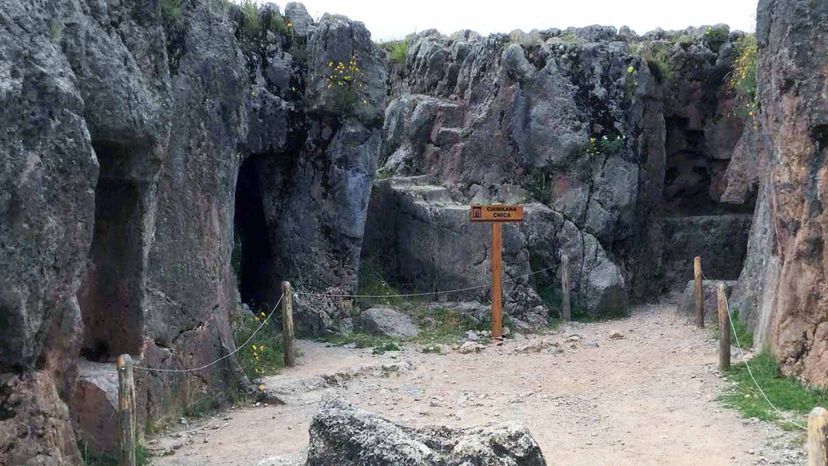
While many people adventure to the tops of mountains to see impressive landscapes and panoramic vistas, there is a lot to be found underground as well. There are secret and hidden caves — big and small — explored and unexplored all around the world.
Here, we've found seven secret caves we think are worth knowing about. And while you can explore some of them, a few are super technical and others are far off the trailhead. But if you're up for it, the results will be worth your efforts.
Advertisement
